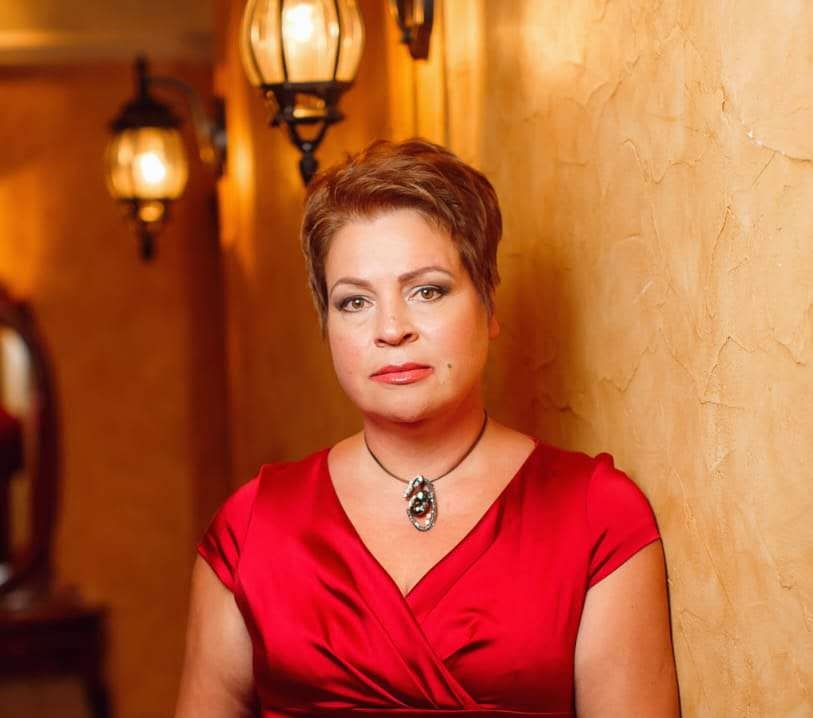The article analyzes the Christian symbolism of the image of butterfly in Russian poetry of the 20th century. The butterfly is seen as a religious and philosophical symbol that includes the main aspects of human spiritual development and the path to spiritual formation on the road to eternity. Using poems by Russian poets from the 20th century (M. Kuzmin, L. Ellis, G. Korin, D. Kedrin, V. Shalamov, A. Kudryashova etc.), it is shown that the image of a butterfly is connected with both evangelical subjects and religious ideas of the 20th and 21st centuries (the teachings of V. Soloviev and theological essays by V. Krechetov, M. Spoliansky and N. Basiladis). In the course of hermeneutical, semiotic, motivic and intertextual analysis, symbolic connotations of the butterfly image are revealed, such as the allegory of lost paradise (the butterfly symbolizing the harmony of the divine world before the Fall and being the embodiment of divine love and mercy). The allegory of Christ's Passion (the butterfly may symbolize both the path of suffering for a person who has lost faith, as well as the suffering of Christ Himself. These motifs are actualized through the evangelical stories “Prayer for the Chalice” and “Crucifixion of Christ”, which in turn are an allegory for the duality of human nature, including the struggle between the divine and physical principles. The butterfly becomes a symbol for righteous revenge through poetry and at the same time represents the idea of self-sacrifice. Finally, the butterfly acts as a symbol of the rebirth of the soul. In the image of a butterfly, Gnostic ideas of salvation and overcoming bodily death are realized. Here, the soul of the butterfly is perceived as a metaphysical substance that has passed from the plane of time into eternity and is preparing for “the fifth birth” – the Last Judgment. The article concludes that in the poetic world, the image of the butterfly accumulates the most important aspects of Russian Orthodox spirituality and religious worldviews.
Key words: Christianity, religious symbolism, Apocalypse, Passion of Christ, Gospel, path of the Soul, God-man, mystery, sacred symbol, mythopoetics, religious and philosophical understanding, symbol, canon
DOI: 10.22250/20728662-2025-3-158-167
About the authors
 |
Elena M. Boldyreva – Doctor of philological sciences, Professor at the Institute of foreign languages, Southwest university, China; |
 |
Elena V. Asaf’eva – Teacher of the Russian language and literature, Yaroslavl College of Management and Professional Technologies; |